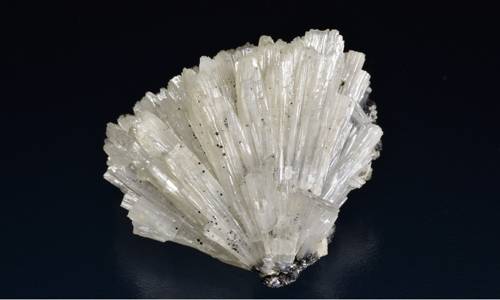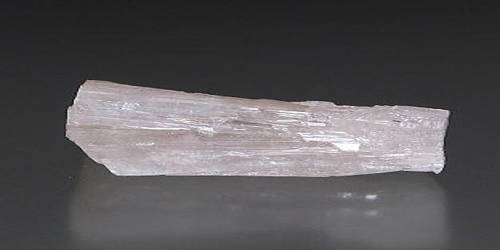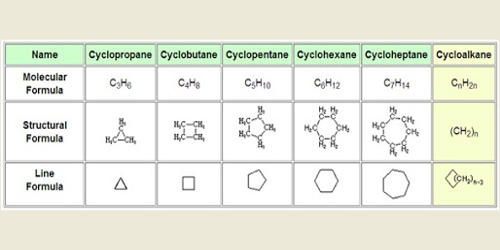Alamosite, formula- (Pb12Si12O36) is a colorless silicate mineral named after the place where it was discovered, Álamos, Sonora, Mexico. It is named for the type locality at Alamos in the Alamos Municipality in Sonora, Mexico. It is a rare secondary mineral occurring in the oxidized zones of lead-rich deposits. For example, the infobox picture shows its association with black leadhillite.
Also in an association are micro-crystals of colorless to slightly yellow crystals of Mimetite and a metallic grey sulphide. A very rich specimen of very rare Tsumeb Mine minerals.
General Information
- Category: Inosilicates
- Formula: Pb12Si12O36
- Crystal system: Monoclinic

Identification
A superb specimen of three extremely rare Tsumeb Mine species Alamosite, Melanotekite, Plumbotsumite. Colourless-white crystals and sections of parallel growth crystals measuring to 1.8cm of Alamosite compose the majority of the specimen with abundant yellow-brown to dark brown single hemispheres and botryoidal clusters of Melanotekite measuring to 3mm.
- Color: Colorless
- Cleavage: {010} perfect
- Mohs scale hardness: 4.5
- Luster: Adamantine
- Streak: White
- Diaphaneity: Transparent to translucent
- Specific gravity: 6.49
Occurrence
It is a rare mineral that occurs in additional localities in the United States, Namibia, and Sweden. It occurs as a secondary mineral in oxidized lead-bearing base metal deposits in association with wulfenite, leadhillite, cerussite, anglesite, melanotekite, fleischerite, kegelite, hematite, diaboleite, phosgenite, willemite, shattuckite, and wickenburgite.
Information Sorce;
















